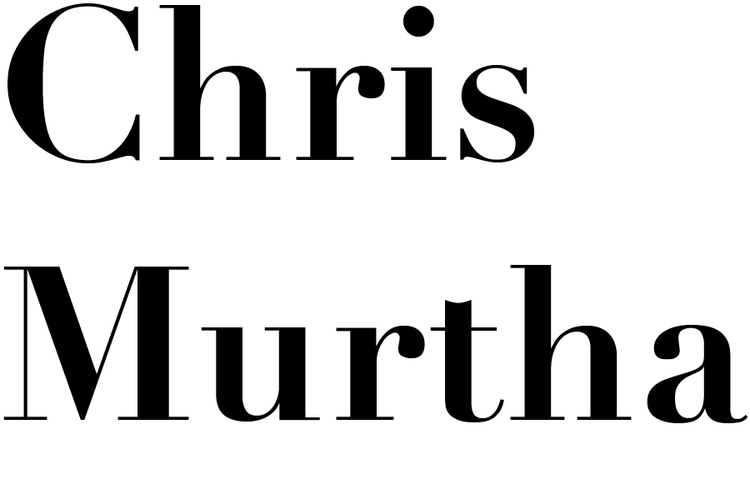I reviewed Lutz Bacher's The Long March—an exhibition that examines cult of personality via Mao Zedong—at New York University's 80 Washington Square East Gallery. The following is a selection of my digitally “scribbled” notes from Open the Kimono, a slide show of Bacher's hand-written jottings, “lessons” culled from mass media presented in a nearby lecture hall. Read my review for Artforum at the link below.
Weaponizing the media
Your focus needs more focus
One cannot speak truth to power if power has no use for truth
Perhaps she’s tired of being Queen
Results may vary
Nobody needs to die tonight
How far is this from normal?
Human resource exploitation manual
I feel motivated
You’ll find you have the power to move the very earth itself
We have a human problem in addition
to a technology problem
Tornado of impulses
This was still America
Lutz Bacher
The Long March
80 Washington Square East Gallery
On view through September 8
artforum.com/picks/lutz-bacher-76082
All images: Lutz Bacher, The Long March, 2017, series of framed cards, paint on walls; installed at 80 Washington Square East Gallery, NY, June 21 – September 8, 2018. Photos: Chris Murtha.
For those interested in seeing more of Bacher's work, her FIRE (2016) is currently on view through August 19 in Readymades Belong to Everyone, the inaugural exhibition in Swiss Institute's new location. Additionally, the basement gallery is painted in a similar manner as the walls at 80WSE: various shades of gray in one light coat—an untitled work credited to Dusty Baker, likely another alias for an artist who already operates under a nom de plum.
